The Salkantay is the second gigantic and majestic snow-capped mountain that has the city of Cusco, when you see it is as if it were closer to heaven, also in the Andean world it was considered as a sacred icon, since it represented for the Incas as a Apu or sacred mountain.
Here we will talk about where it is located, what to see and do, the flora and fauna, the climate, at what altitude it is located and what are the routes or trails you can take to reach the snowy Salkantay.
In the time of the Incas, they used to bow to the Apus or Gods of the sacred mountains, who were considered as protectors of the place and the snowy Salkantay was no exception and thousands of years this mountain along with other snow-capped mountains were considered protectors, and even today many continue to consider them as Apu.
In addition, the importance of this snow-capped mountain is not only protective, but it is also a water provider for the children of Cusco. Talking about its etymology, the name Salkantay derives from the Quechua Salqa which means Huraño or wild.
Table of Contents
It is located in the mountain range of Vilcabamba, in Cusco this strip belongs to the district of Santa Teresa, La Convención. The snowy one is to about 6,264 m the highest point where the tourists pass when they make Salkantay trekking toward Machu Picchu.
During the hike to the Salkantay snow-capped mountain we will be able to see several things among them:
Flora on the Salkantay snowy route: During our tour we will see an endless number of flowers, plants typical of the site. For example we will see:
Erodium Cicutarium: This plant is very particular and at the same time beautiful because the tips that are located on the stem of the flower rotate around the movement of the sun, so it is called "clock".
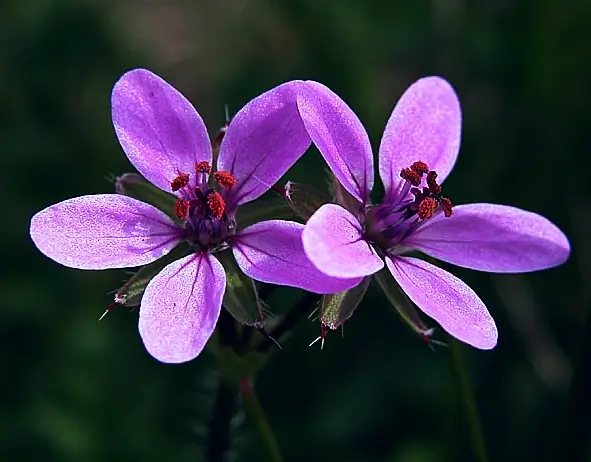
Orchid: This plant is one of the most impressive you will see, and they will surely say why it is special, as it is known because each species of this plant has unique characteristics and a unique beauty.
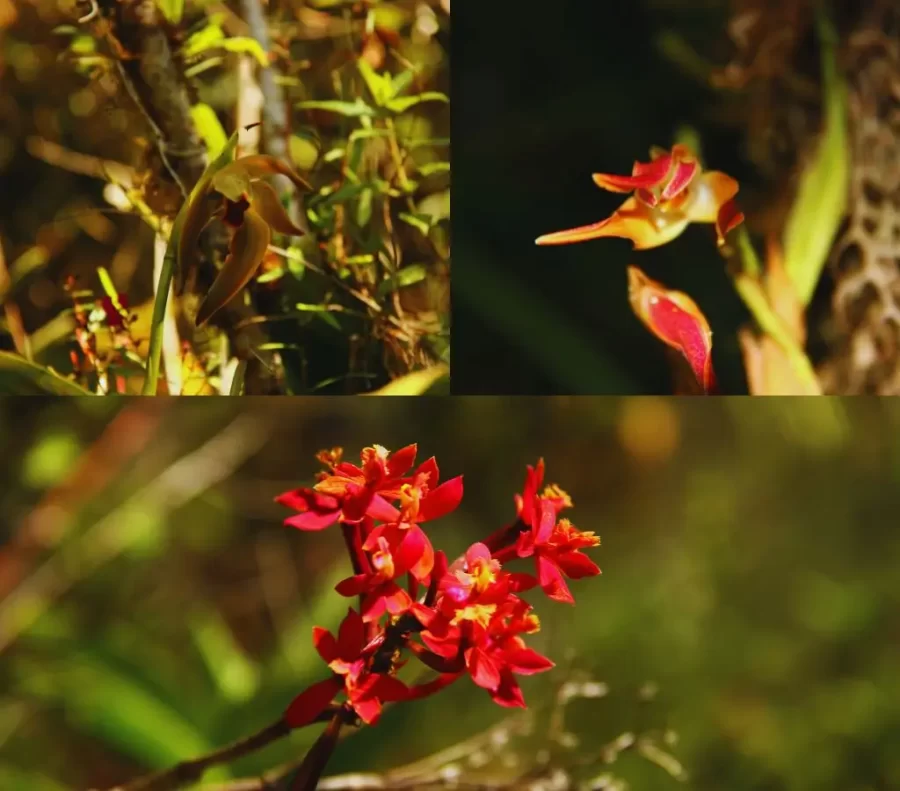
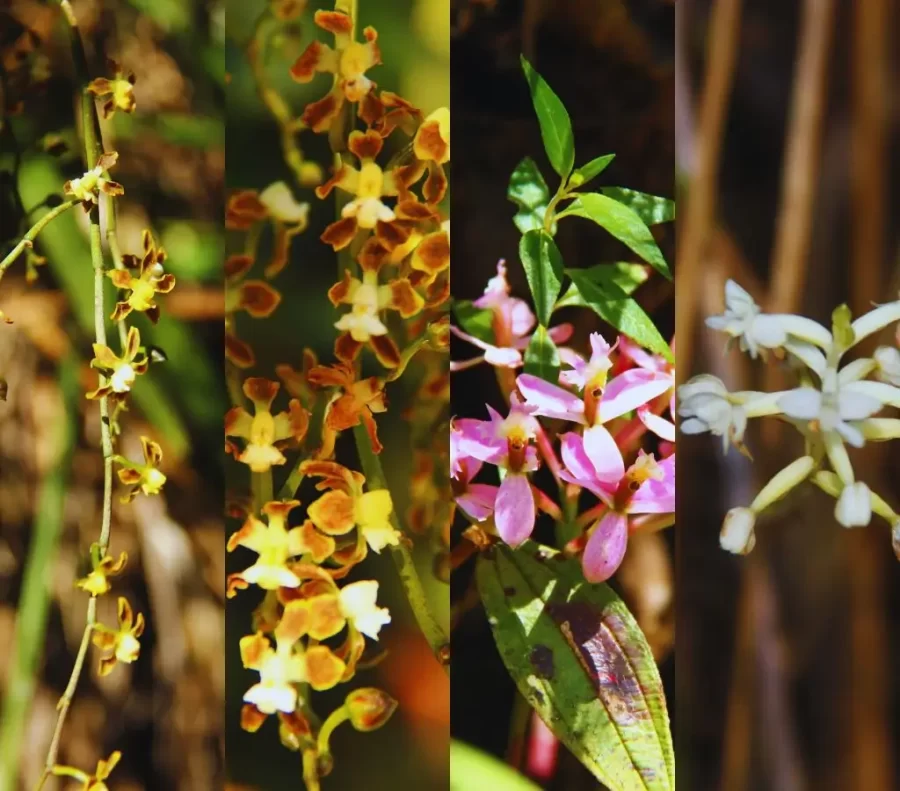
Some of them stand out for their colors, others for their shape, others are very small and delicate; in short there are more than 3000 species.
Ichu: A very important plant for the Andean region, it is also one of the few plants that can survive all climatic changes, also serves as food for animals and is used in handicrafts, actually has many uses; the Incas used it as a means of transportation making a suspension bridge or known as bridge Queswachaca located in Cusco.
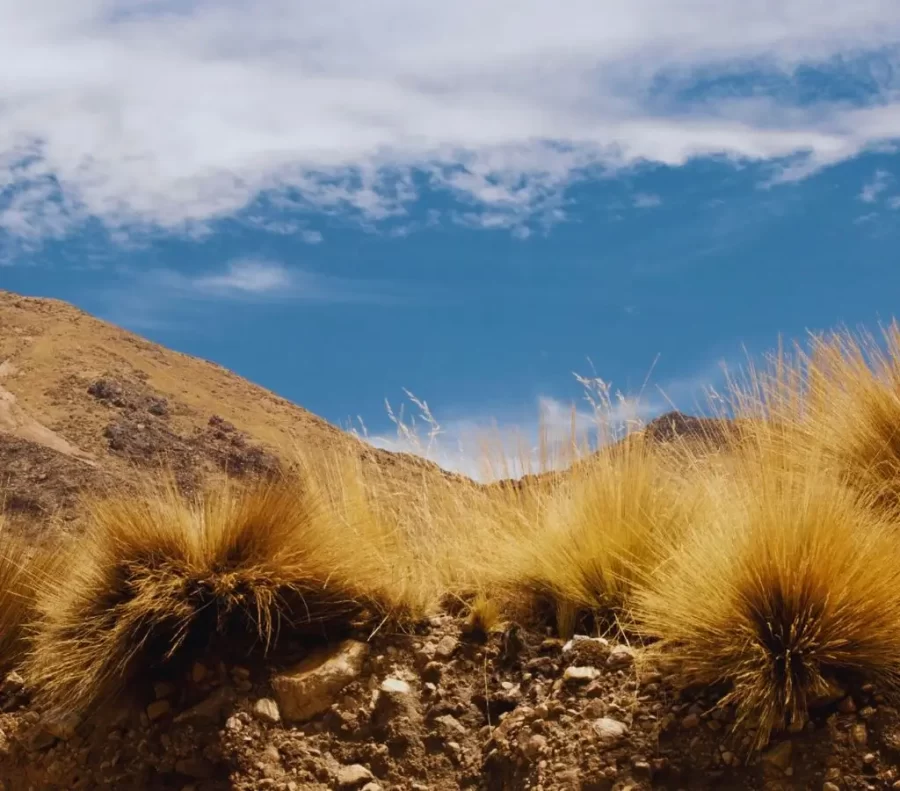
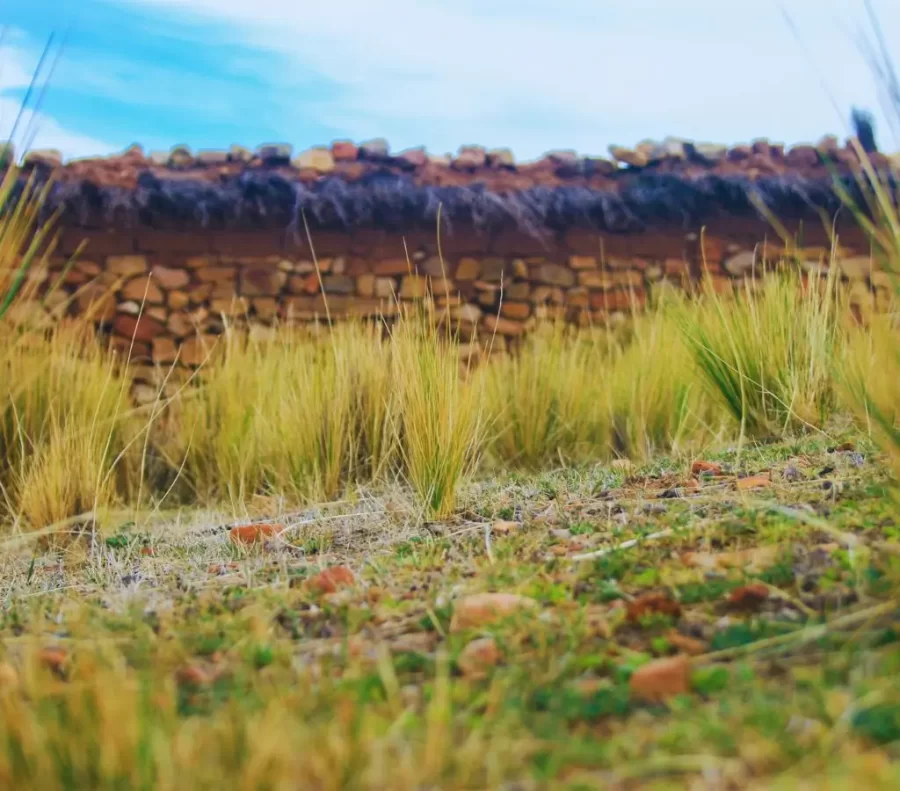
Fauna on the Salkantay trail: Likewise, during our hike we will observe an endless number of animals that inhabit this site.
Alpaca: These animals are native to the Andean region and usually you will see them more in Peru, its fiber is essential to sustain the Peruvian economy, is characterized by having a soft and fine fur, has different shades.
In the Salkantay you will find a lot of these creatures grazing on the trail. You can take pictures and even pet them, some of them are calm and like to be in contact with people, but others will surely run.
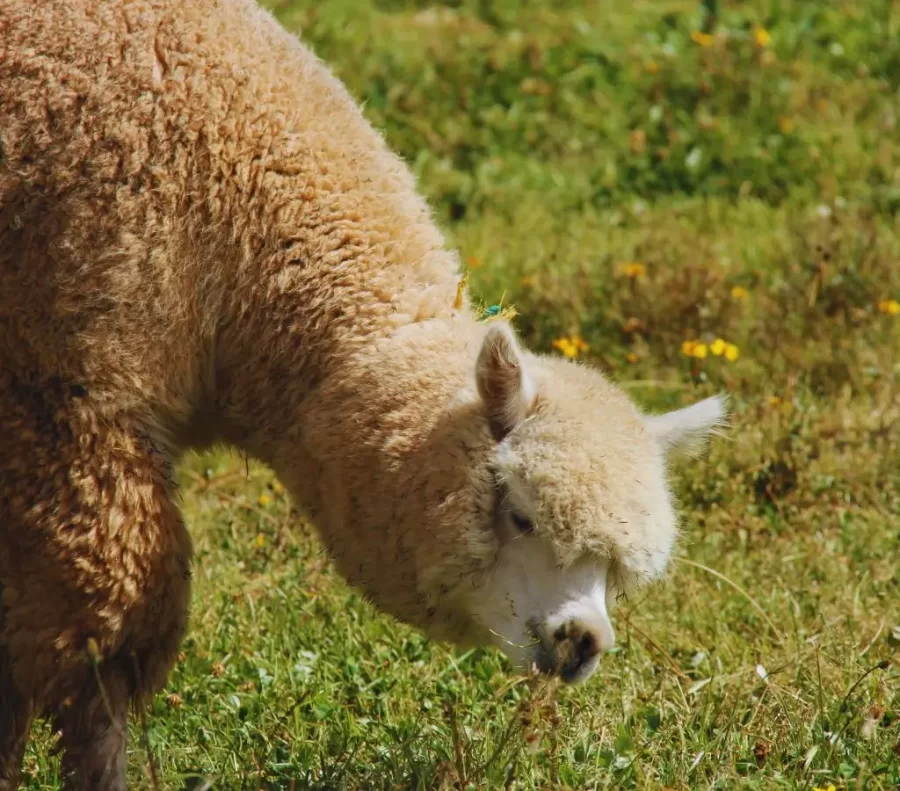
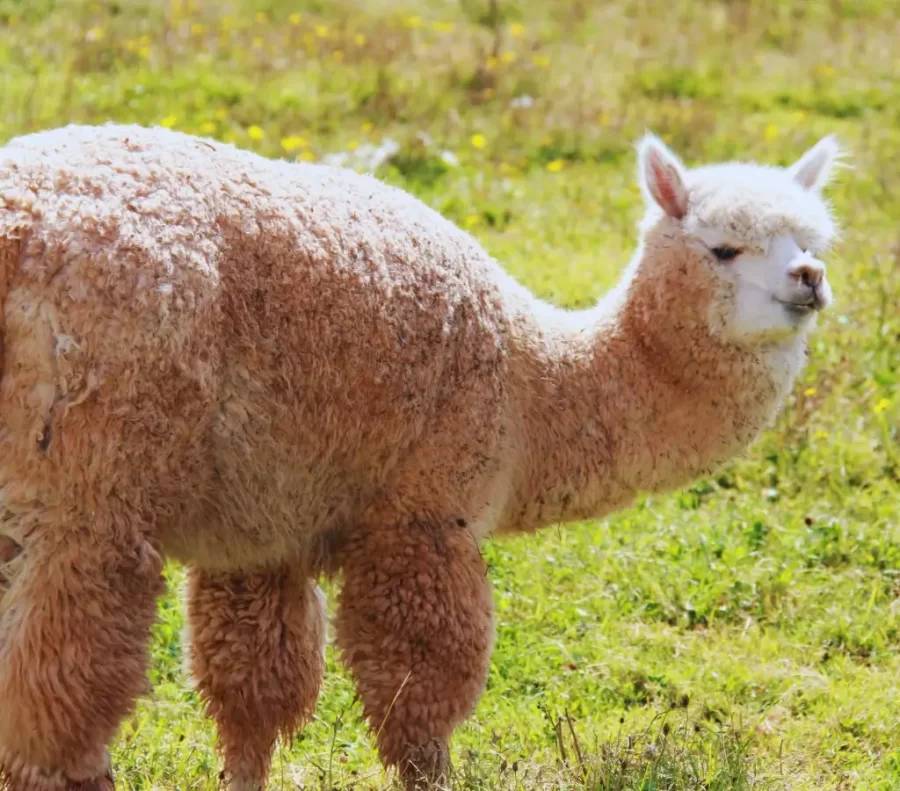
Cóndor: It is one of the sacred animals of the Andean world, measures about 3 meters is characterized by having the black color with white feathers on the tips, in his neck carries a white cover and is known as the lord of the heavens and in the Andean world is considered as sacred to this animal.
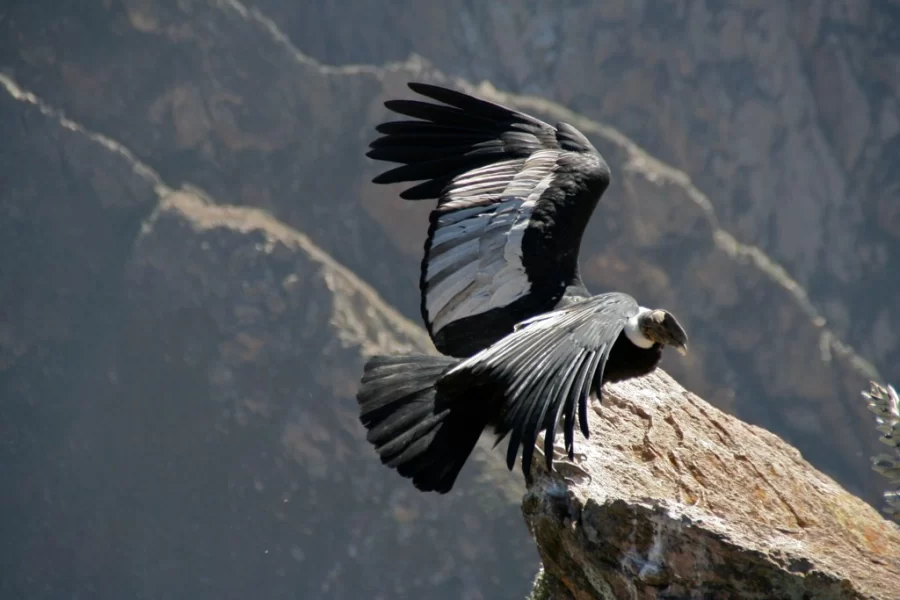
Vizcacha: A very important native rodent, this one resembles the rabbit with the characteristic that its tail resembles that of the squirrel. Its fur is soft and dense of a grayish-brown color. It lives in the Andes and communicates by sounds and movements, during our route you may see them, but you have to be attentive and observant.
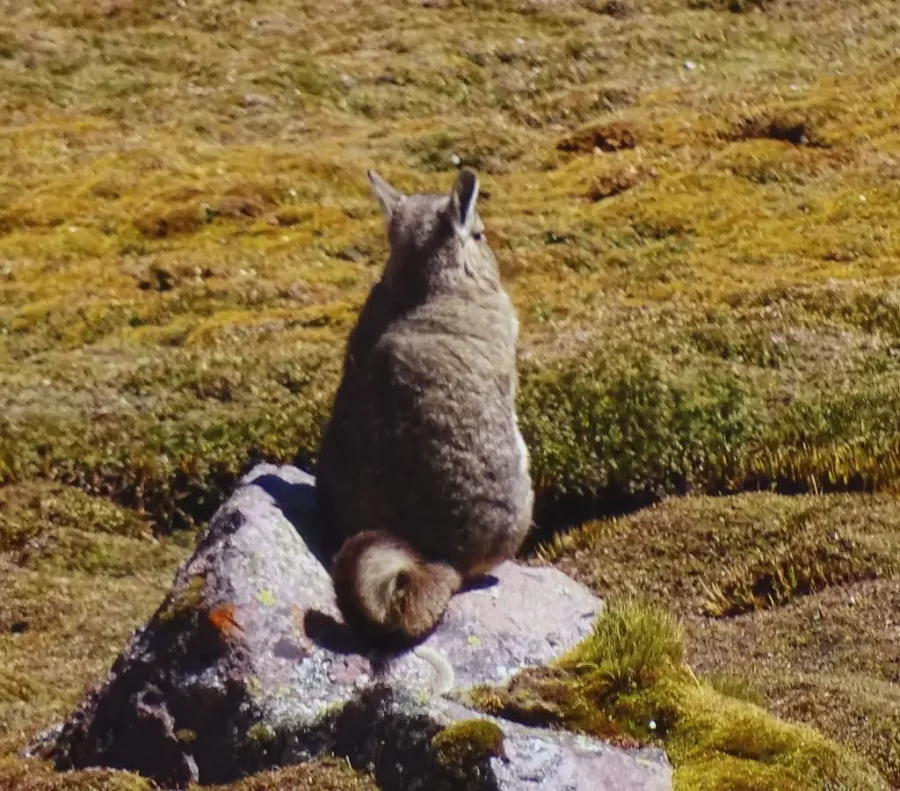
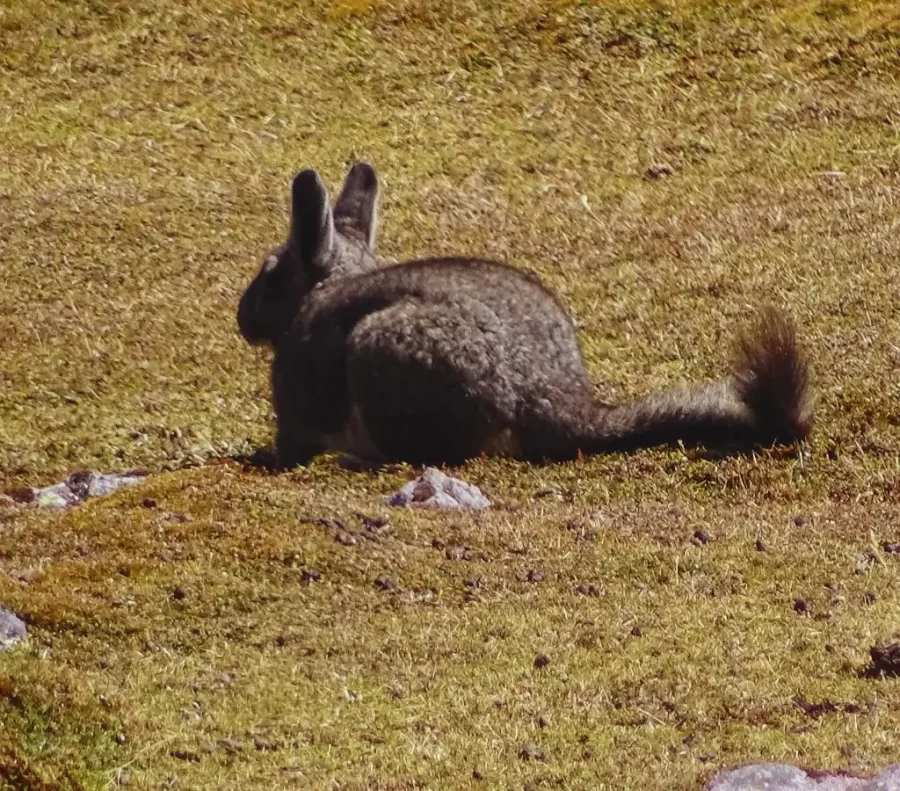
Llama: Another camelid animal that lives in the Andes is the llama and is used as a transport of their products, generally they feed on the ichu or grass that grows in the mountains. On the route to the Salkantay we will find it for sure, when approaching we must take them into account because the llamas unlike the alpaca or vicuna usually spit, be careful of it.
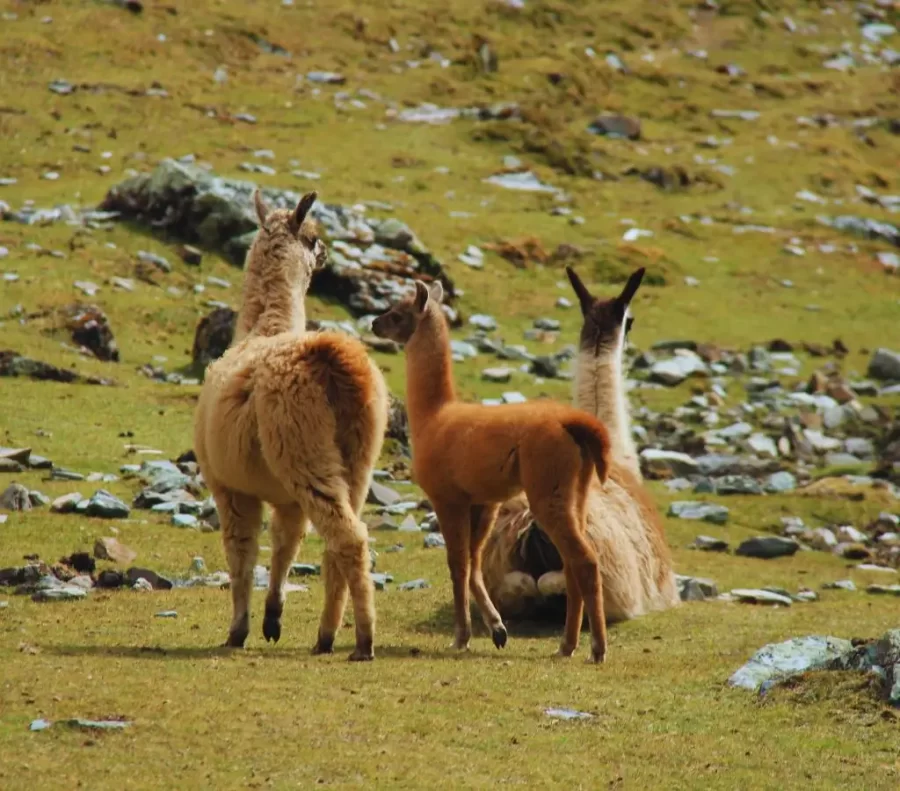
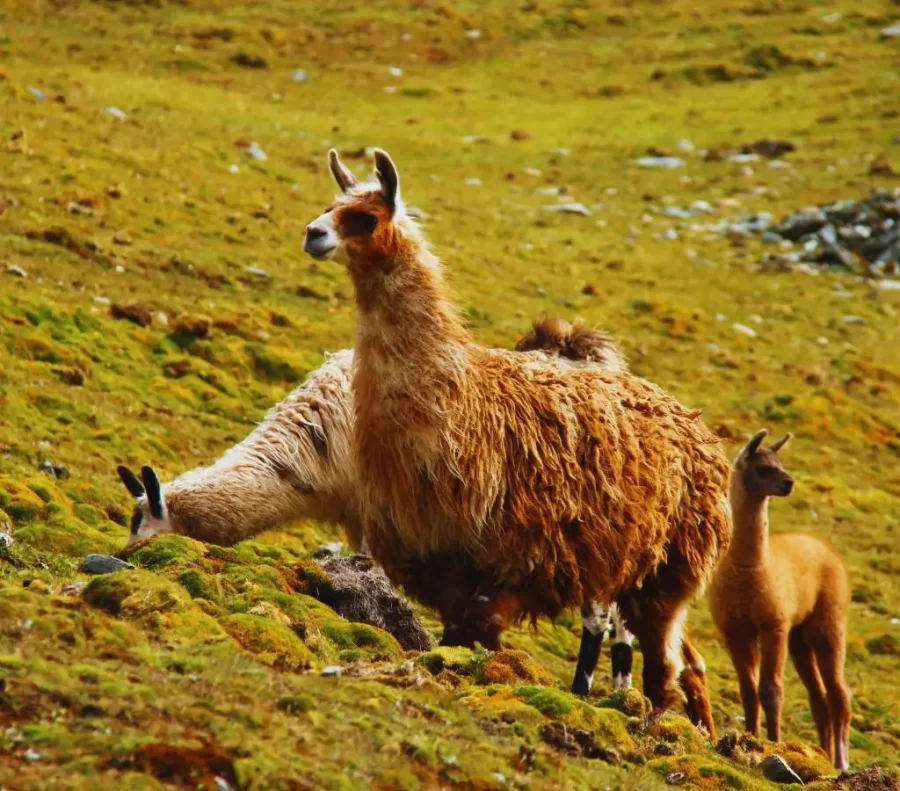
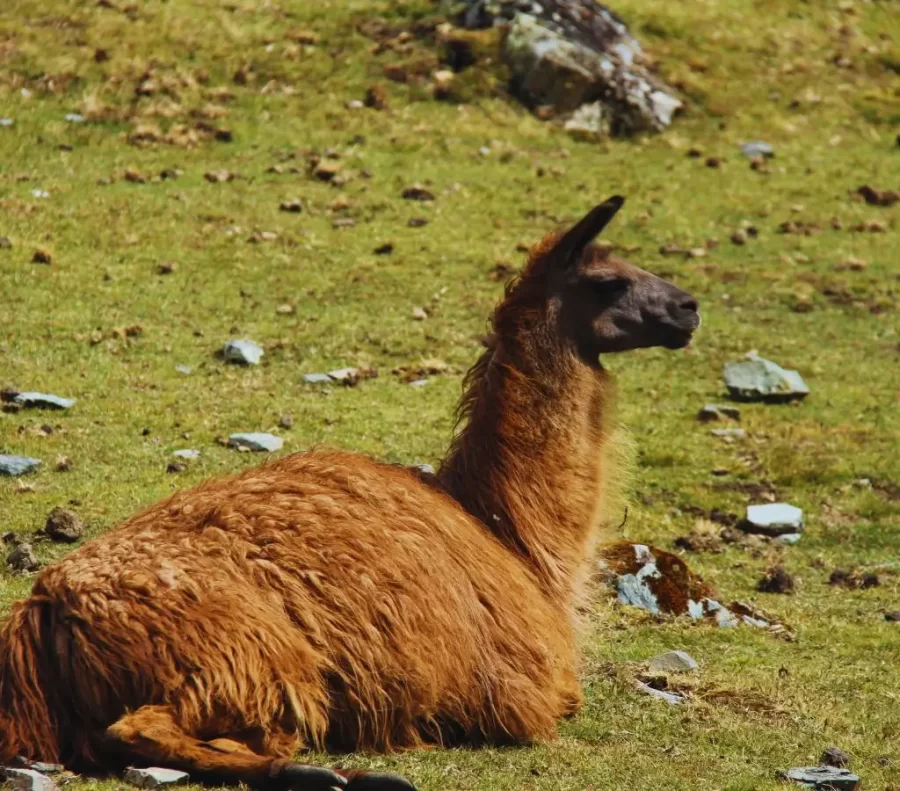
Chinchilla: This small animal is characterized by its soft and dense fur, just like the viscacha, its fur is valued in the textile world. This animal is characterized for being nocturnal, because it walks at night and is fast.
Most likely we will see it at night on the road to Salkantay, you may find it tender, docile but be careful, as it is an animal that is not in contact with people.
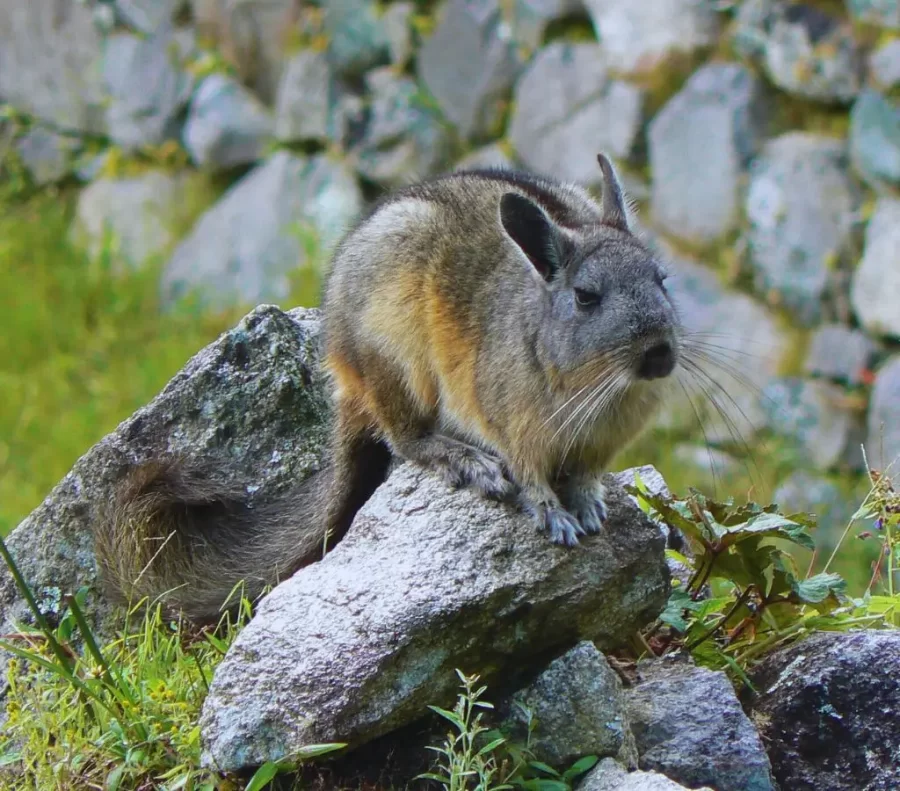
Because it is a snowy area it will have a very cold climate, during the day it will have between 8° C and at night this temperature drops to -10° C. Now the rainiest months are from November to April and from May to October there is little or no rain.
At 6,264 m, it is the second highest mountain in Cusco after Ausangate, which occupies the first place. This is responsible for providing water to the city of Cusco, therefore remains the most important snowy of the times.
Unfortunately, due to the effects of pollution, the snowy area is in deglaciation and the lower part reaches up to 4800 m, as climate change goes out of control in the coming years it will lose its snow thickness and its charm, being a regrettable loss.
In recent years, the snow-capped mountain has lost 60% of its glacier surface, according to the National Water Authority.
Salkantay trek, this tour will take us through different attractive sites until we reach the snowy Salkantay, once there you can appreciate all its charm, splendor of this attraction. After them we go to Machu Picchum this tour is 5 days and 4 nights.
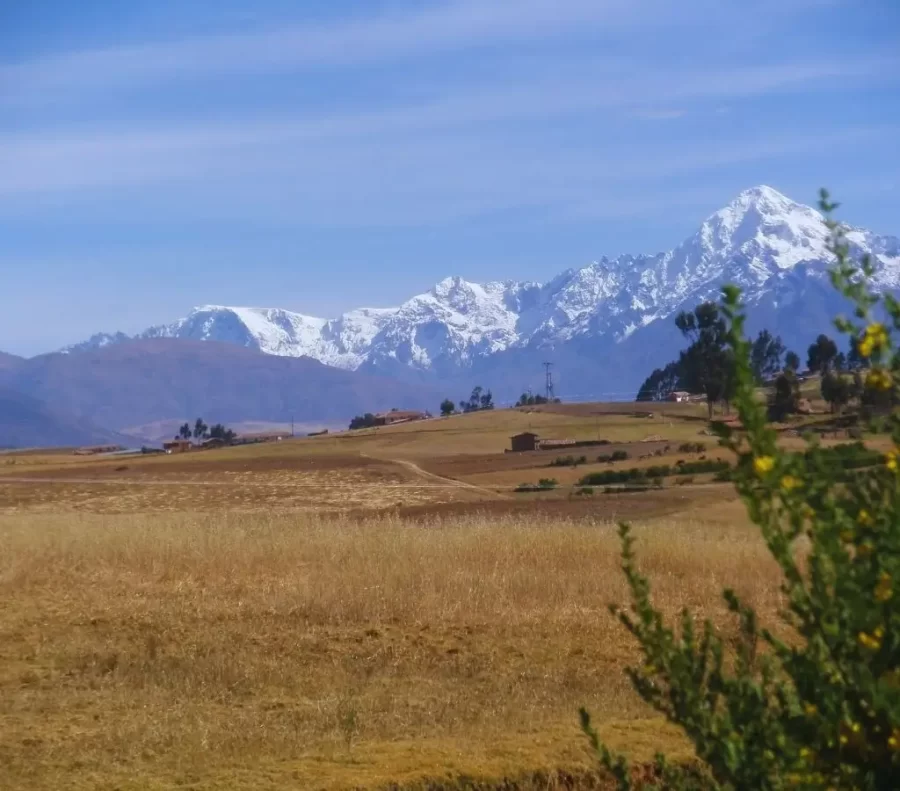
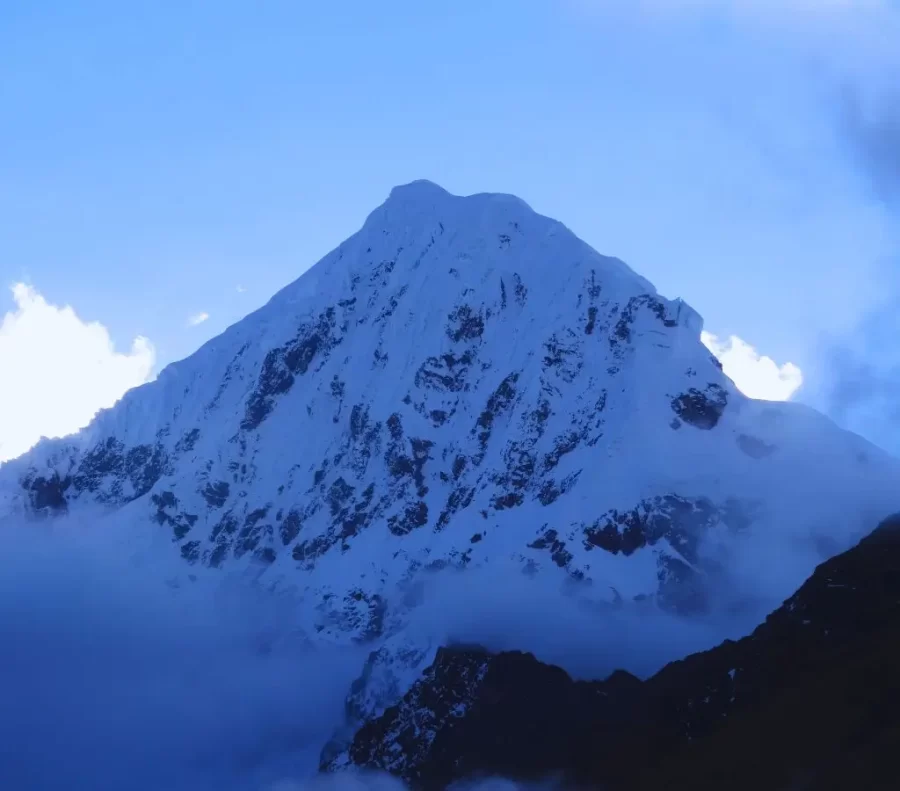
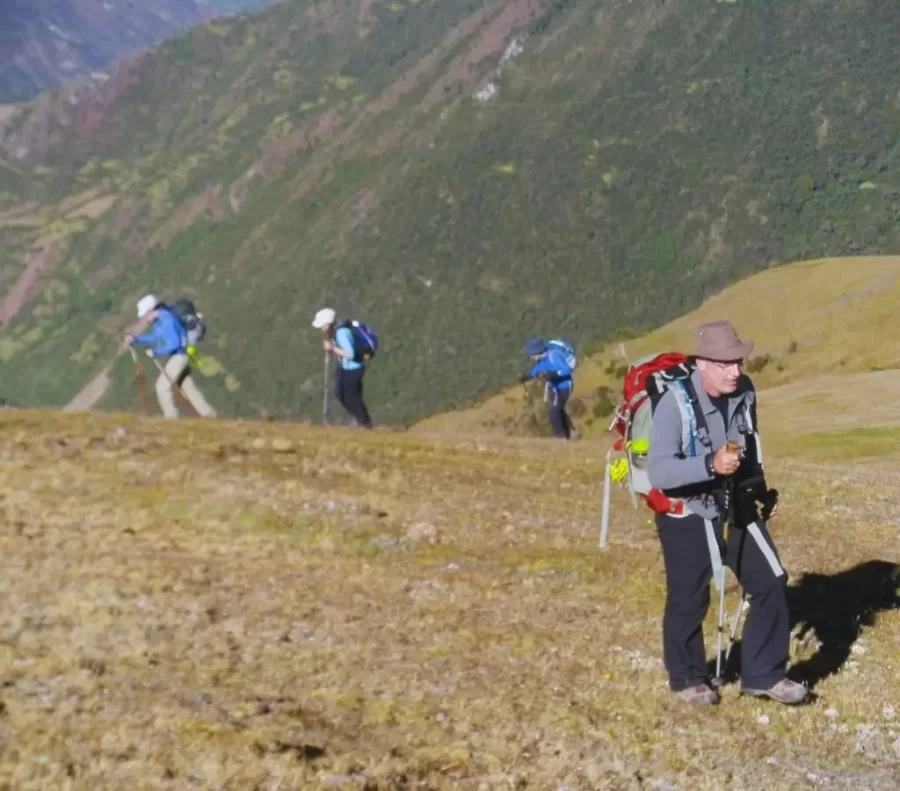
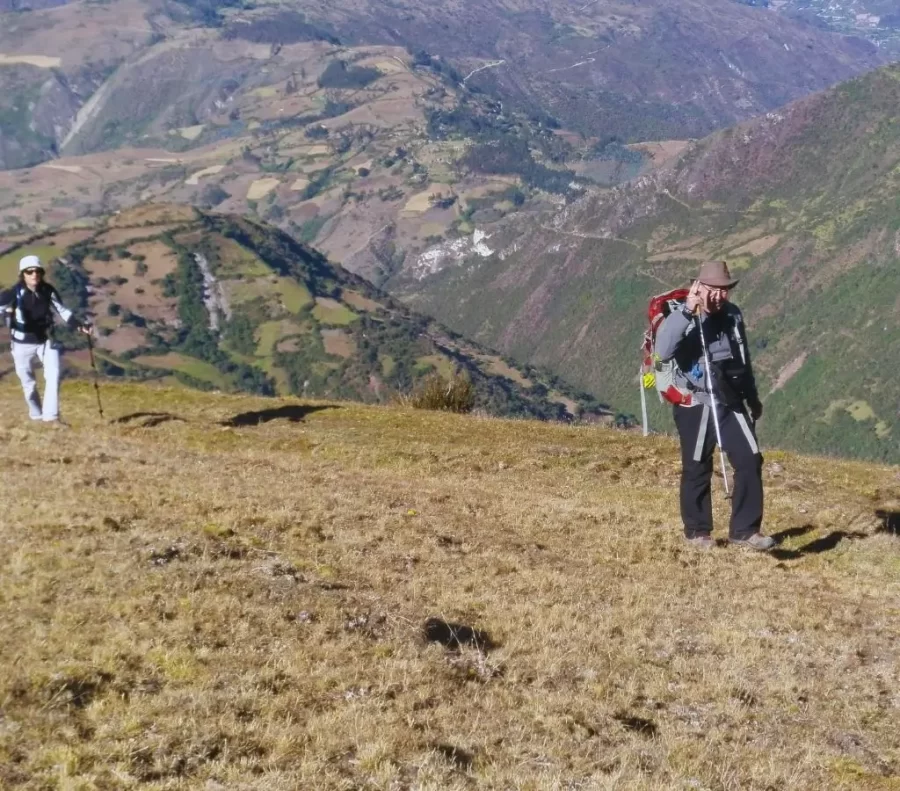
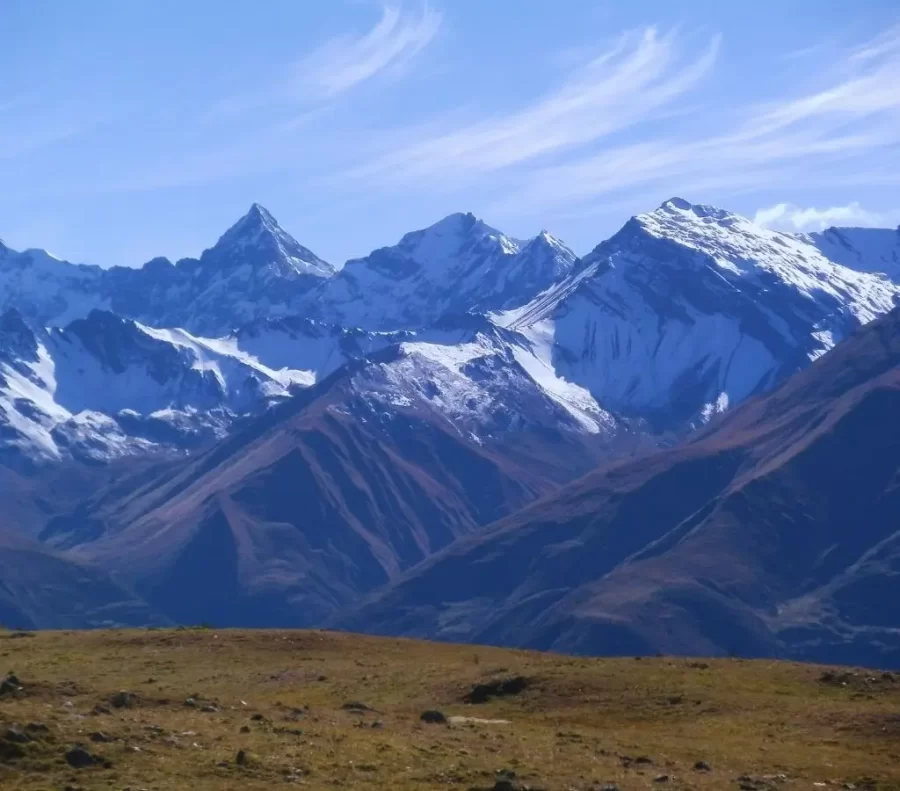
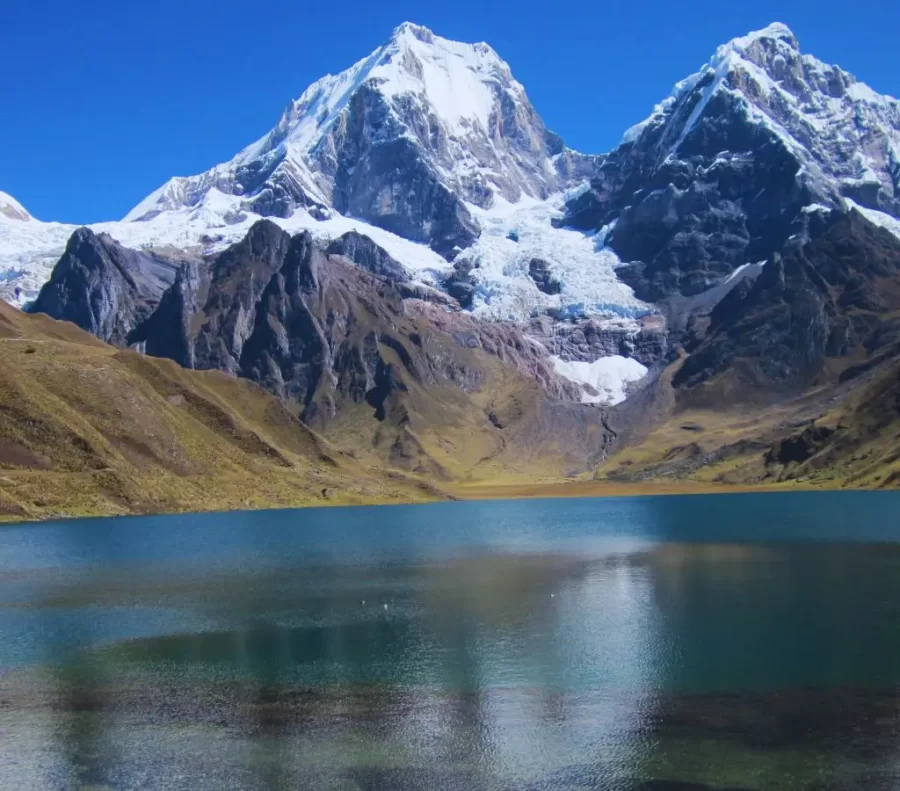
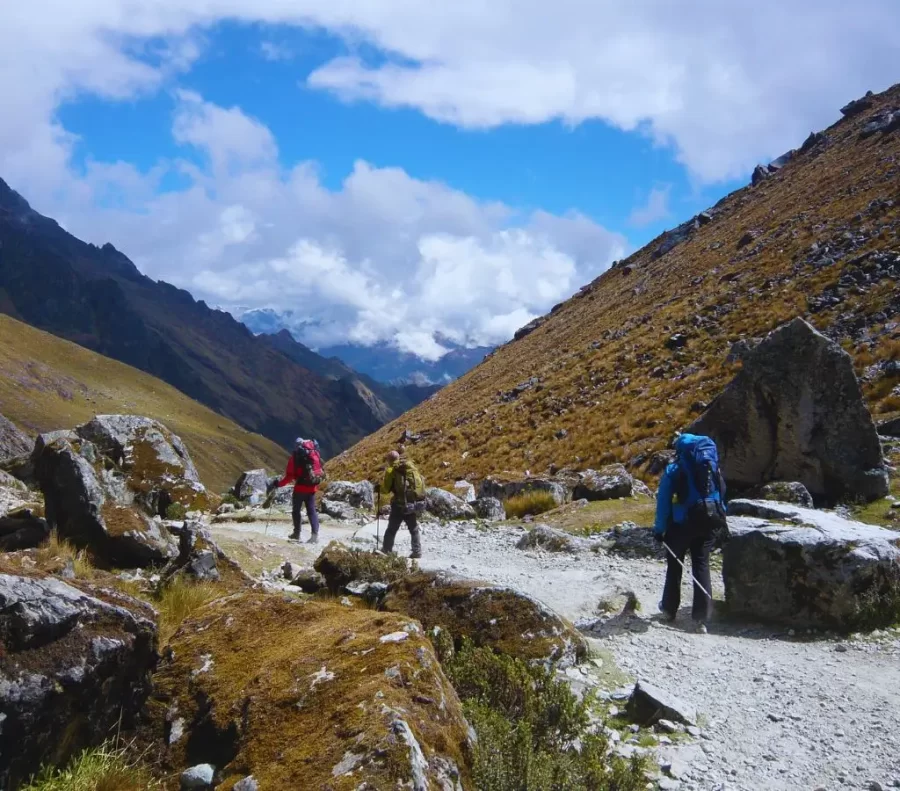
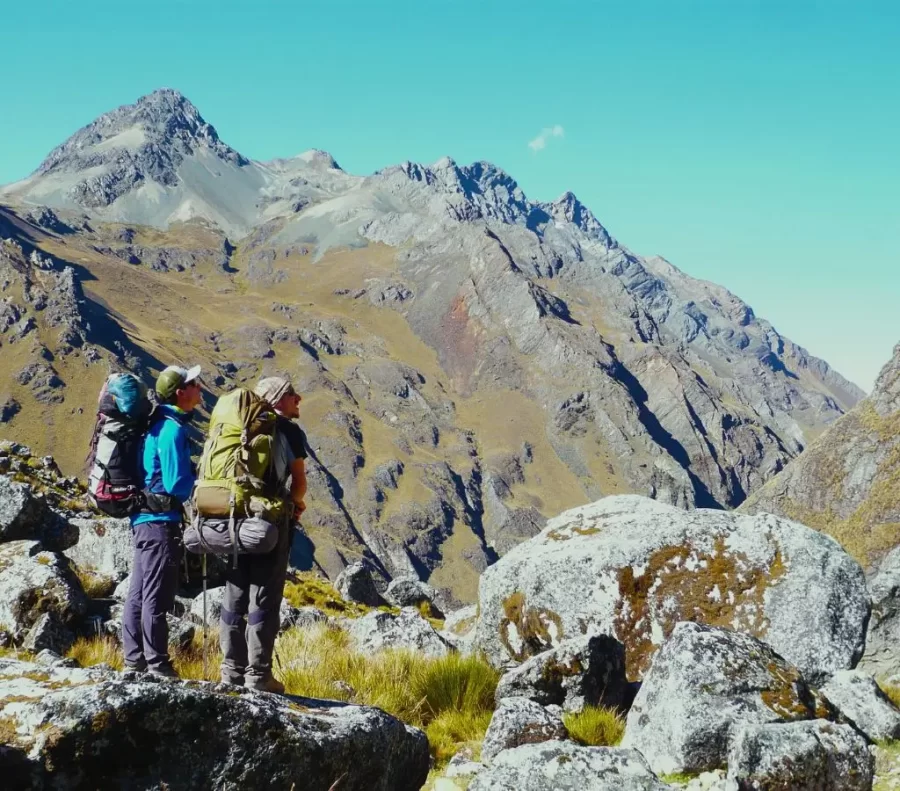
Trekking with the travel agency Terandes.com will be one of the best experiences you can live, we have specialized staff, we provide personalized attention so the experiences will be unique.
At the same time, we are committed to the environment, therefore we will always take care of the Cultural and Natural Heritage, we will use reusable canteens, among others that do not affect the environment and archaeological sites.
